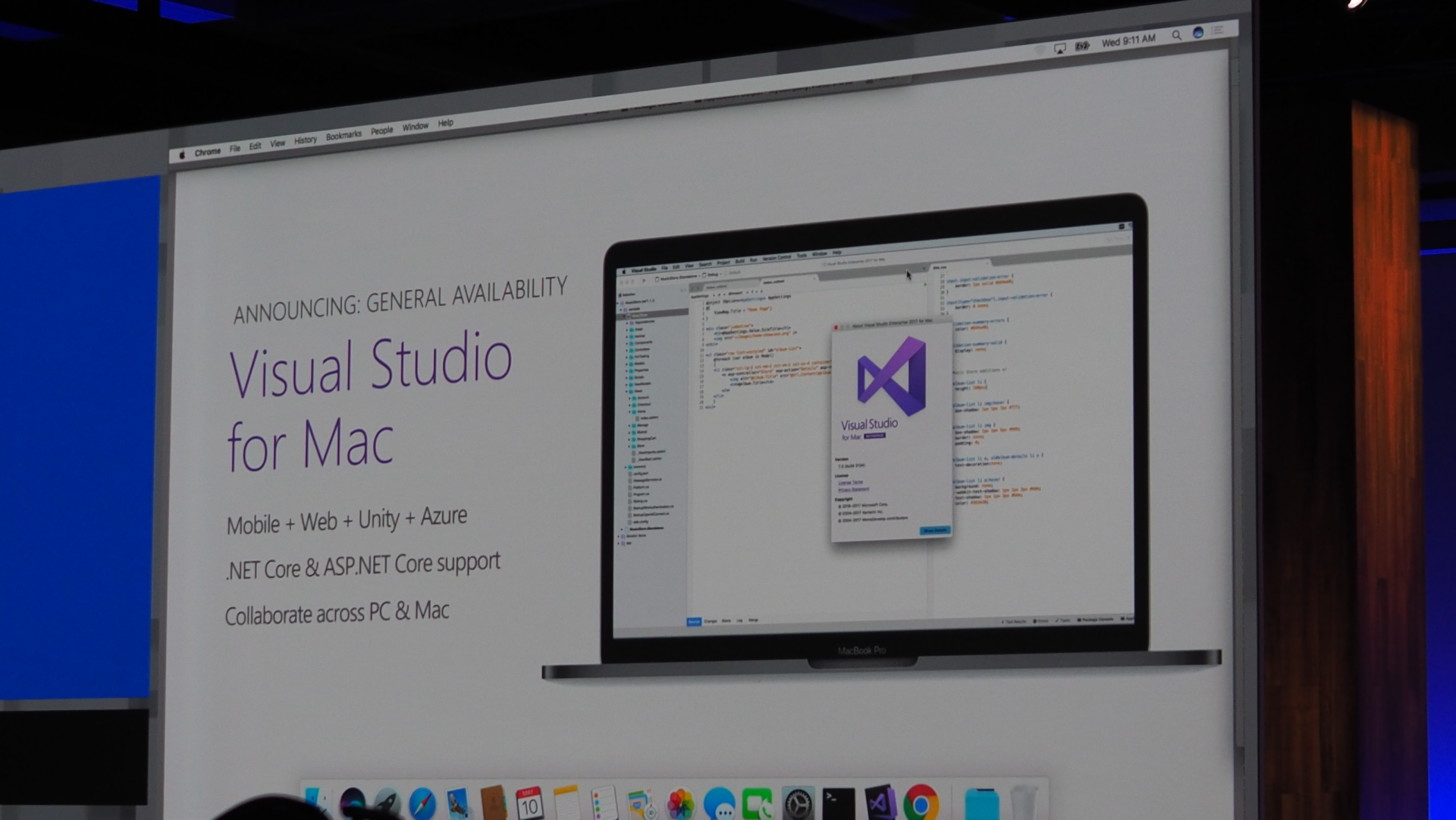Microsoft Word Mac Table Blank Row Can't Select
Aug 03, 2015 Just like selecting text and images in Word is a very common task in Word, so is selecting content in a table. There may be times you want to select a single cell, an entire row or column, multiple rows or columns, or an entire table. Use a simple table structure, and specify column header information. Creating Accessible PDFs in Microsoft Word for Windows; Creating Accessible PDFs in Microsoft Word for Mac; Microsoft Power Point. Include alternative text with all visuals and tables. Add alt text to images in Microsoft Power Point for Windows. Jan 24, 2020 On the ribbon, go to the Insert tab and select the Table drop-down arrow. Drag the cursor across the grid to choose how many rows and columns you want in the table. On the Table Design tab, select a border style, size, and color. Select the Borders drop-down arrow and choose the borders you want to apply.
Two things you can select in a Word 2016 table are the text inside the cells or the cells themselves. You can also select rows, columns, or the entire table. Here are some suggestions:
Microsoft Word Mac Table Blank Row Can't Select Free
Triple-click in a cell to select all text in that cell.
Select a single cell by positioning the mouse pointer in the cell’s lower-left corner. The pointer changes to a northeastward-pointing arrow, as shown here. Click to select the cell, which includes the cell’s text but primarily the cell itself.
Move the mouse pointer into the left margin and click to select a row of cells.
Move the mouse pointer above a column, and click to select that column. When the pointer is in the sweet spot, it changes to a downward-pointing arrow (shown here).
Clicking the table’s handle selects the entire table. The handle is visible whenever the mouse points at the table or when the insertion pointer is placed inside the table.
If you have trouble selecting any part of a cell, click the Table Tools Layout tab. In the Table group, the Select button’s menu provides commands to select the entire table, a row, a column, or a single cell.
 All of your Office for Mac 2011 apps will continue to function. You should back up these folders before you delete them.Click the back arrow to go back to the Library folder and open Group Containers. Ctrl+click each of these folders if present, and Move to Trash.UBF8T346G9.ms.UBF8T346G9.Office.UBF8T346G9.OfficeOsfWebHostRemove from Dock and restart.If you put any of the Office applications in your Dock, go to each one and ctrl + click Options Remove from Dock.Restart your Mac to complete the uninstall.Related Topics.
All of your Office for Mac 2011 apps will continue to function. You should back up these folders before you delete them.Click the back arrow to go back to the Library folder and open Group Containers. Ctrl+click each of these folders if present, and Move to Trash.UBF8T346G9.ms.UBF8T346G9.Office.UBF8T346G9.OfficeOsfWebHostRemove from Dock and restart.If you put any of the Office applications in your Dock, go to each one and ctrl + click Options Remove from Dock.Restart your Mac to complete the uninstall.Related Topics.